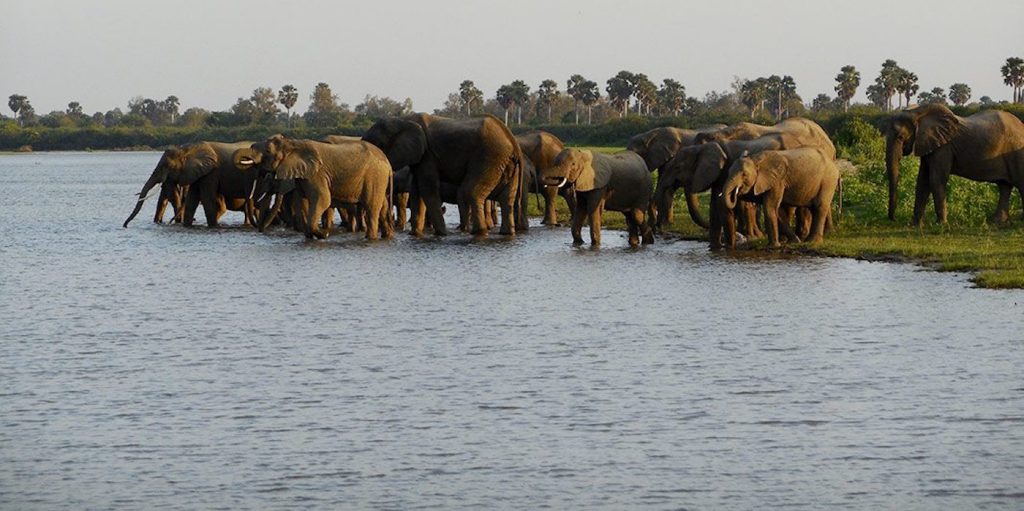At 30,893 square kilometers, the vast Nyerere National Park is Africa’s largest stand-alone National Park and one of the largest in the world. The park is located in south Eastern Tanzania, roughly 230 kilometers by road from Dar es Salaam city to Mtemere Gate, and was carved out from the Selous Game reserve, a huge wilderness area and safari destination in Southern Tanzania.
Nyerere Park boasts the largest concentration of wild animals and a rich collection of wildlife that is abundant and diverse. The fact that this park is new and largely less frequented by tourists means that the animals here tend to be less exposed to humans. Good numbers of Big Cats such as Lion, Leopard, and Cheetah are to be found here along with other large Game animals such as Elephant, Rhino, Buffalo, Giraffe, Eland, Zebra, Wildebeest, and other wildlife.
With the new establishment of this park by the Tanzania Government and TANAPA ( Tanzania National Parks Authority ) in late 2019, it is expected that the park will be developed further and managed more professionally for a better tourism experience.
Nyerere National Park was formed fairly recently in 2019 by taking over the northern part of the famous Selous Game Reserve in Southern Tanzania. A Game Reserve is similar to a National Park except that the latter is administered by a different organization within TANAPA, and is therefore subject to closer and highly professional management. The name of the Park is in recognition and in honor of the memory of Tanzania’s founding father of the nation, the late Mwalimu Julius Nyerere.
With a truly massive wilderness area in East Africa, this National park has an undisturbed ecology and can be considered to be more remote, pristine, and unspoiled compared to the more visited parks in Tanzania, such as Serengeti, Ngorongoro, and Tarangire. The park is home to an intact and diverse range of wildlife exhibiting significant predator and prey relationships. The great Rufiji River, the largest river in Tanzania, which flows into the Indian Ocean and has a healthy population of hippos and crocodiles, flows through the northern part of the park and is one of the tourist attractions here. The river is very picturesque and a designated photographic zone. The Nyerere Park, as this destination is also referred to, is among the best wildlife areas to spot some of the fascinating wild animals of Africa We hope to offer complete information to guide travelers in planning a visit to this beautiful destination, which may well include booking a Safari tour most suited to their preferences. Tourists naturally have many questions when planning a trip here especially as this is a remote part of East Africa, and we often get all kinds of questions ranging from when is the best time to visit Nyerere Park or details on the park entrance fee applicable for tourists or even information on how to get here from Arusha or Dar es Salaam and book a safari to this magical destination. We try to answer most if not all your questions through this website promptly.
As regards Accommodation inside the park, several Tented Camps are offering a quality experience such as Serena Mivumo River Lodge, Sand Rivers, Selous Serena Camp, Beho Beho Camp, Mbuyu Safari Camp, Rufiji River Camp and Stiegler’s Gorge Camp.
Things to do
There are several exciting activities one can enjoy in Nyerere National Park. The most exciting of these has to be the River Boat Safari which involves spotting wildlife from the comfort of a boat on parts of the Rufiji River, exploring channels, lagoons, and swamps. This unique activity is quite popular and a fantastic way to explore the park. Another unique experience is visiting a traditional village. The village visit allows visitors a revealing cultural experience that allows insight into the special and unique way of life of the local people living around this park. Visitors to the park can also enjoy a selection of other excursions such as nature treks, sundowners and romantic bush meals
Its wildlife is spectacular, with some of the largest population of mammals and reptiles in Africa, including buffaloes, elephants, hippos and crocodiles which can be seen here. Nyerere National Park, together with the remaining part of Selous Game Reserve, is considered to be the last stronghold of the African wild dog. Other common wildlife include the wildebeest, zebra, giraffe, eland, the greater kudu, sable antelopes, black rhino, waterbuck, impala, lion, leopard, the spotted hyena, cheetah, baboon, vervet and blue monkey, and the black and white colobus monkey which can be viewed in riverine forests. About 440 species of birds both resident and migratory have been observed in the national park.

